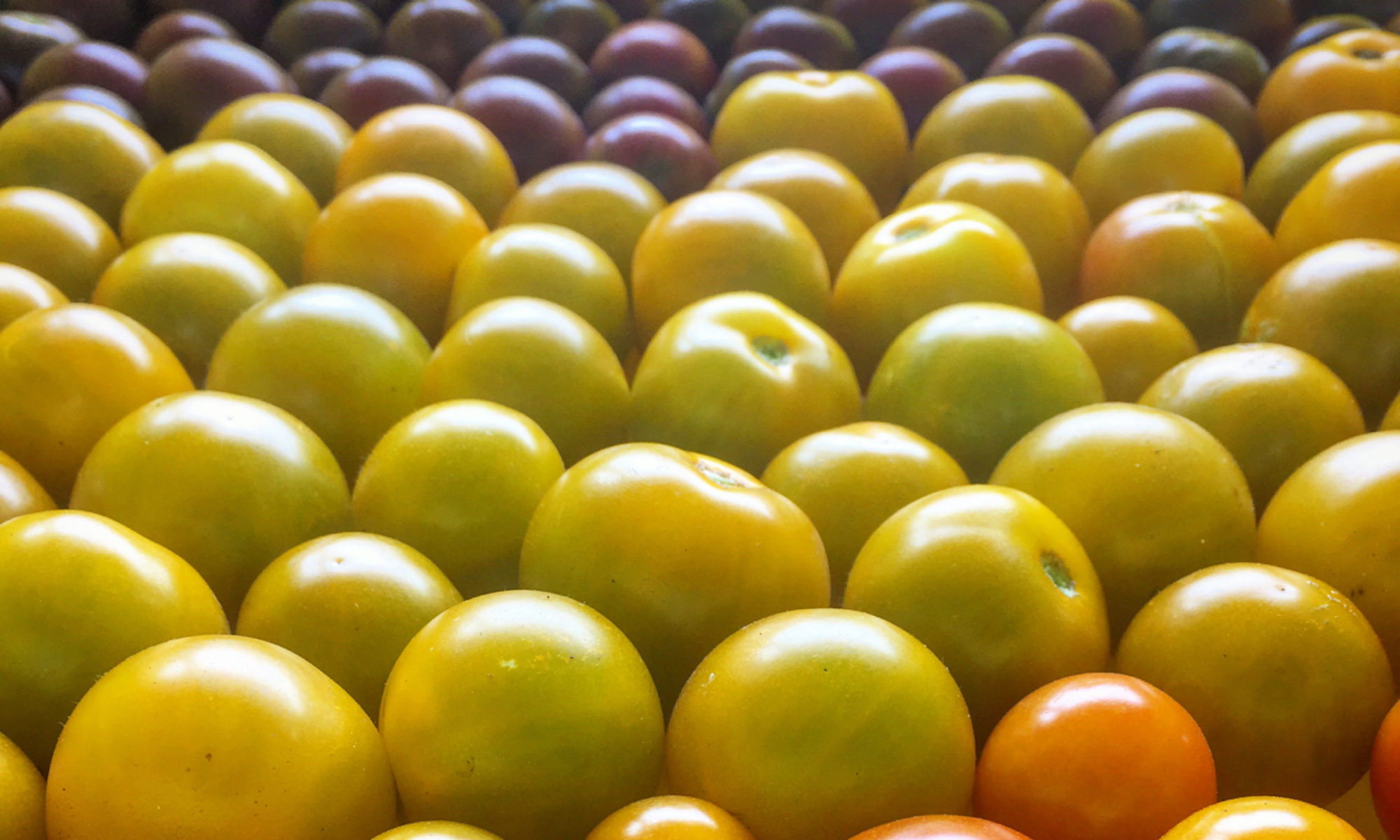
Tanya Murray, Organic Education Specialist at Oregon Tilth, has created a great program with small vegetable farms around Oregon to help them to start looking at the costs of production for crops they are growing. This project is a collaboration between Oregon Tilth and the OSU Small Farms Program which is working towards long term viability of small farms.
I’m participating, collecting numbers from Our Table Cooperative to help us better understand our labor needs, expenses and to look for places where we can improve our systems to lower our costs. As a participant I’m sharing those numbers with the other farms in the program, but more importantly we’re all sharing our methods for collecting the numbers effectively through a listserv for the participants.
Tanya is coaching us through the process and every three weeks we switch to a new area of the farm to focus on, kicked off by a webinar where Tanya presents the numbers that need to be collected and formats for collecting the information. A few weeks ago we came to the end of the three week section on greenhouses and producing seedlings. I have some initial numbers that I’m still inputing, but I also built on the Excel workbook that Tanya created for an afternoon workshop on the same topic that she and Ellen Polishuk presented at the Oregon Small Farms Conference in March. Here’s a link to an Excel version of that workbook.
(https://www.dropbox.com/s/lv1lyqbd57zmprb/greenhouse%20cost%20analysis.xlsx?dl=0)
This workbook is a work in progress and I’ve populated it with some example numbers. They’re not super accurate, but they’re in the ball park and should help demonstrate how the file works. This is a workbook I set up for myself so it’s not completely “plug and play”, there’s some need for anyone using the workbook to understand Excel and it’s helpful if you understand how to write basic Excel formulas (addition, multiplication and that sort of thing). Here are some of the features of the workbook to get you started.
There are three sheets in the book: Overhead Costs, Filled Tray Costs and Crop Costs. Overhead costs lists out the basic costs of the greenhouse structure, furniture and utilities. These are costs not really tied to any one crop, and that don’t change directly in relation to the number of trays that are in the greenhouse. At the top of that sheet there is a number titled “est. total tray weeks.” That number comes from adding up the number of trays that are in the greenhouse every week. For example, if there are 10 trays on the first week of April and 20 trays on the second week that’s a total of 30 tray weeks, regardless of whether some of the trays are the same tray or not. I use this number to divide the “overhead” costs and get a cost per tray week. This makes trays that are in the greenhouse for longer significantly more expensive as overhead ends up being the biggest expense for me in producing seedlings. You could decide to allocate the overhead differently if you had a different way you thought was more fair, and if you do have a way I’d be interested in hearing about it. I got my total tray weeks estimate from the crop planning that I do, which is explained here. It makes it relatively easy to write a simple formula to add up all of the tray weeks planned for in a year.
One thing you should recognize here is that once you have invested in a greehouse, the more you can maximize its use the lower the cost per plant. We’re far from maxed out on using our greenhouse space and we could probably cut the overhead cost in half if we had a way to double the number of trays we produced in a year. We’d also have to have a way to use, or sell those extra trays, but it would bring the cost per plant down significantly for some of the starts.
You’ll notice through the sheets that no cells are locked so you can put whatever you like into any of the cells. Some of the cells have a background gray color; those are cells with formulas that are intended to be kept for standard calculations. The white cells are intended for inputting numbers. In some of those white cells you’ll notice formulas, but these are simple calculations when I have the number in one set of units and I need to convert.
The second sheet is “Filled Tray Costs.” This sheet looks at the cost of different size plug trays that we use, and what it costs to get them ready to “seed.” I put “seed” in quotes because preparing one of these trays for seeding is the same as preparing it for potting up, but it’s all called “seeding.” There are a couple of slightly hidden things I think I should point out about this sheet. One is that the labor rate that this sheet uses is actually on the next sheet, “Crop Costs.” Another is that there’s a relatively fancy “if statement” in the “Crop Costs” sheet that references the cell tray sizes I use. If you change any of these cell tray sizes (which is a likely thing if you use different size cell trays from me) you’ll need to update this “if statement” if you want the “Crop Costs” sheet to work for the new cell tray sizes.
The last sheet is the “Crop Costs” sheet and this is where you get the exciting final numbers. I’ve put the final calculations in three forms: per plant used, per tray, per bed. The per plant used takes into account that not all of the cells of a plug tray will germinate, and not all of the cells that germinate will be planted out. This number makes it easy for us to calculate reasonable sales prices for selling starts to home gardeners and also makes an interesting quick way of looking at the price of something like a head of lettuce where we’re selling the final product one plant at a time. The per tray costs is just what it says and I have that there because we may sell trays in the future, but also because it’s interesting to know if we were to seed an extra tray how much that costs us. The per bed cost is intended to be used for a future sheet which calculates out the total cost of producing specific crops.
To get to those final costs there are a bunch of intermediate numbers that are inserted to the right of those numbers and some calculations made. There are three numbers at the top of the sheet as well. At the top is the “loaded labor rate” which is the average cost per hour to the farm of an employee; the “minutes hand watering/tray/wk” which is zero in this case as I’m estimating these costs entirely on automatic watering; and “minutes/move” which is the time it takes to move a tray from one bench to another. For some crops we move the trays multiple times, adjusting their heat zone; others stay in one place until they are planted out.
One of the fascinating things about this sheet is looking at the relative expense of the different parts of the process of producing a seedling. The overhead is a big expense on the lettuce, but on the tomatoes it’s small and the seed is the big expense. Labor on seeding is relatively low, even though we’re doing it by hand. You’ll also notice that for the tomatoes, which are potted up, I split the cost into two parts: seeding the seeds and “seeding” the transplants, which you could also call potting up. For the second, I use the price of producing the seedlings in the place of the “seed” cost.
I’ll try to keep posting notes on the process of running enterprise budgets on the farm through the season. I’m very happy to see more folks doing this and sharing results. Some of the Universities, UC Davis in particular, have had enterprise budgets on their websites for a while now, but they’re usually formatted for larger production of single crops. Richard Wiswall has excellent examples of crop enterprise budgets on a diverse vegetable farm in the back of his “Organic Farmer’s Business Handbook.” I haven’t used it but Ellen Polishuk was touting the Veggie Compass tool which is available at http://www.veggiecompass.com and is more of a plug and play tool. Chris Blanchard has great interviews with both Richard and Ellen on his new Farmer to Farmer podcast, which is definitely worth checking out.

